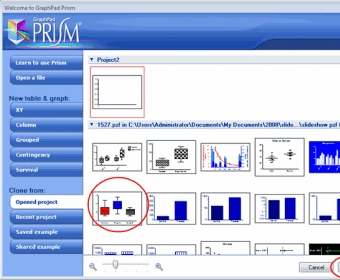
The first and most important occurs inside the Brazilian Amazon Basin (BA), where more than 99% of malaria cases were recorded the second one involves imported malaria cases, which corresponds to infections that are acquired in Brazilian endemic areas different from where the individual lives or the diagnosis has been done, or from other endemic countries. Sample collection, diagnosis, and DNA extractionīrazil, a country of continental proportions, has three malaria transmission profiles. The present study now investigates, besides Brazilian Amazon, the Rio de Janeiro Atlantic Forest region (AF) that present peculiar epidemiological characteristics. In Brazil, the unique study in this sense with Brazilian Amazon Basin samples showed codons evolving under natural selection.

vivax surface in the asexual blood-stage, interacts with the Duffy antigen/receptor for chemokines (DARC) on the host erythrocytes, making this molecule an attractive vaccine candidate against vivax malaria.Ĭurrently, there are ongoing studies on pvdbp-II diversity. The Duffy Binding Protein–DBP, a 140-kDa protein expressed in the micronemes of the P. vivax blood stages is a priority to prevent disease and onward transmission. Therefore, the development of vaccines that protect against P. The evidence of severe vivax malaria around the world, including Brazil, together with the emergence of drug-resistant strains, underscore the urgency to reduce the infection burden and malaria elimination. Plasmodium vivax causes significant morbidity, as well as social and economic burden, becoming a public health challenge in endemic countries. vivax, that is responsible for 37% of malaria cases in South-East Asia, 31% in the Eastern Mediterranean, and 74% in the Americas. Globally, 7.5 million cases in 2017 were caused by P. Plasmodium vivax is the most widespread human malaria parasite outside sub-Saharan Africa. The characterization of pvdbp-II polymorphisms might be useful for designing effective DBP-II-based vaccines. The results highlight that the pvdbp- II polymorphisms are positively selected by host’s immune pressure. The sample size should be increased in order to confirm this possibility. These findings could suggest the potential of these geographical clusters as population-specific-signatures that may be useful to track the origin of infections. vivax isolates from AF and BA regions, but 8 SNPs were exclusively detected in AF-I322 S, K371 N, E385 Q, E385 T, K386 T, K411 N, I419 L and I419 R-and 2 (N375 D and I419 M) arose exclusively in BA. Among the 28 SNPs detected, 18 are shared between P. Unexpectedly, the nucleotide diversity in pvdbp-II was higher in AF (0.01) than in BA (0.008). The highest rates of polymorphic sites were found in B- and T cell epitopes. The analyses showed 28 polymorphic sites distributed in 21 codons, with only 5% of the samples Salvador 1 type. Resultsħ9 samples from AF and 137 from BA were successfully sequenced. Natural selection was calculated using the rate of nonsynonymous per synonymous substitutions with the Z-test, and the evolutionary distance was estimated based on the reconstructed tree.

Genetic polymorphisms of pvdbp-II were estimated based on the number of segregating sites and nucleotide and haplotype diversities the degree of differentiation between-regions was evaluated applying Wright’s statistics. The region flanking pvdbp-II was amplified by PCR and sequenced. vivax infected blood samples, diagnosed by microscopic examination and PCR, were investigated. This study aimed to investigate the pvdbp-II genetic diversity in two Brazilian regions with different epidemiological patterns: the unstable transmission area in the Atlantic Forest (AF) of Rio de Janeiro and the fixed malaria-endemic area in Brazilian Amazon (BA).

Polymorphisms on DBP-II-gene could act as an immune evasion mechanism and, consequently, limited the vaccine efficacy.

vivax disease severity, together with the emergence of drug-resistant strains, underscore the urgency of the development of vaccines against P. Plasmodium vivax is the most widespread human malaria parasite outside Africa and is the predominant parasite in the Americas.


 0 kommentar(er)
0 kommentar(er)
